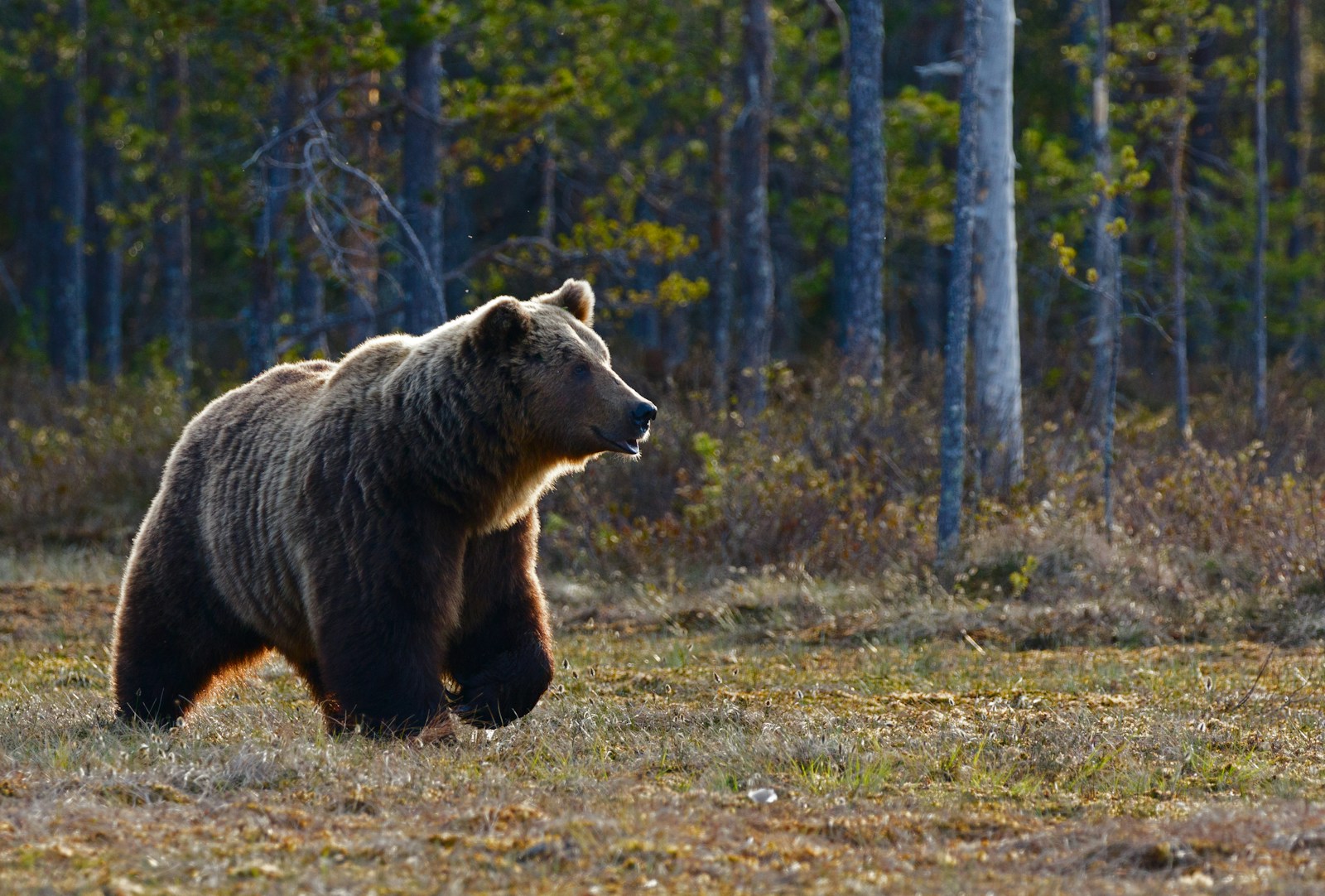Bears are magnificent creatures that command our respect in the wild. However, encounters with them can quickly become dangerous, making proper preparation essential for anyone venturing into bear country. Bear spray has proven to be one of the most effective tools for deterring aggressive bears, with studies showing success rates of over 90% when used correctly. Unlike firearms, bear spray doesn’t require precise aim under pressure and reduces the risk of fatal injuries to both humans and bears. This comprehensive guide will walk you through everything you need to know about selecting, carrying, and deploying bear spray effectively in an emergency situation.
Understanding What Bear Spray Is and How It Works
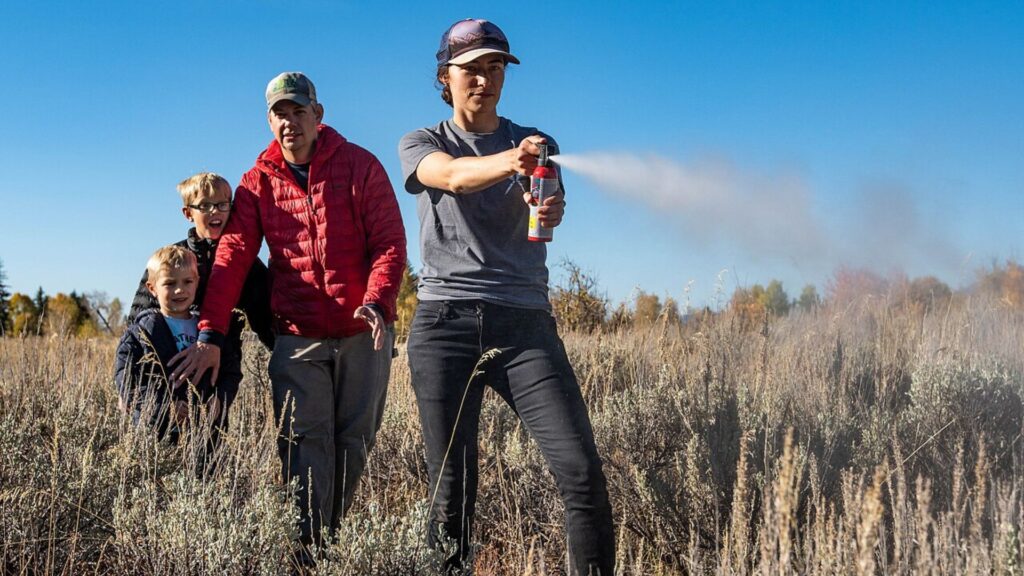
Bear spray is a specialized form of pepper spray that contains capsaicin and related capsaicinoids—the active components that give chili peppers their heat. When deployed, these compounds trigger an inflammatory response in a bear’s mucous membranes, temporarily affecting its eyes, nose, mouth, and lungs without causing permanent harm. Unlike regular pepper spray designed for human attackers, bear spray is formulated to produce a larger cloud pattern and contains a much higher concentration of capsaicinoids. It typically reaches distances of 12 to 30 feet, creating a protective barrier between you and the approaching bear. This non-lethal deterrent gives you valuable time to slowly back away while the bear’s sensory capabilities are temporarily impaired, usually for 30 to 45 minutes.
Selecting the Right Bear Spray
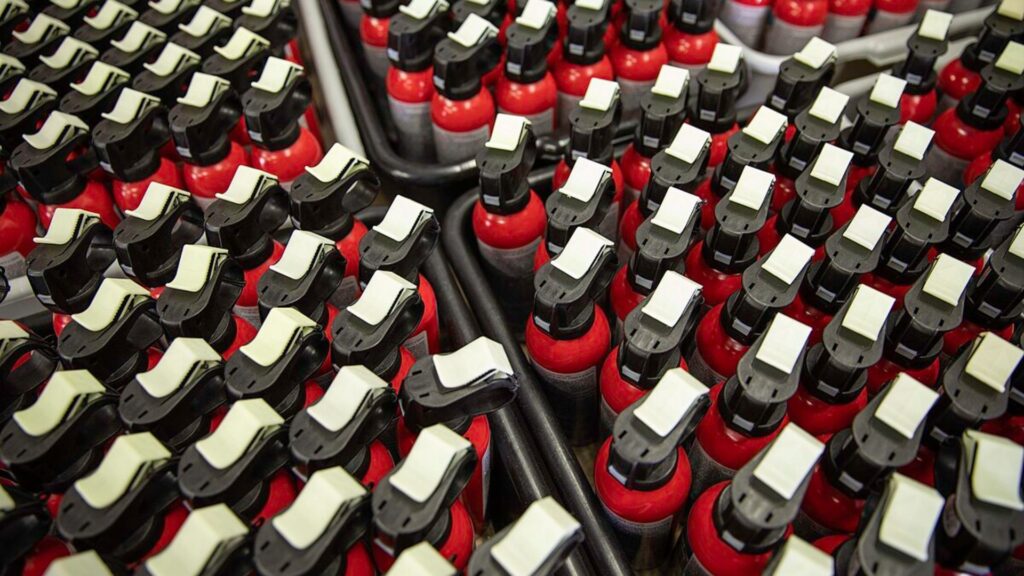
Not all bear sprays offer the same level of protection, so choosing the right product is crucial for your safety. Look for EPA-registered sprays specifically labeled for deterring bears, as these have passed rigorous testing standards. The spray should contain at least 1–2% major capsaicinoids—the active ingredients that affect bears. Opt for a canister that delivers a minimum of 7–9 seconds of continuous spray, giving you multiple chances to deter a charging bear. Range is another critical factor: choose a spray that reaches at least 25 feet to maintain a safe distance. Keep in mind that bear spray does expire, typically within 3–4 years of the manufacture date, so always check the expiration date before heading into bear country and replace any outdated canisters, even if they appear unused.
Carrying Bear Spray Properly
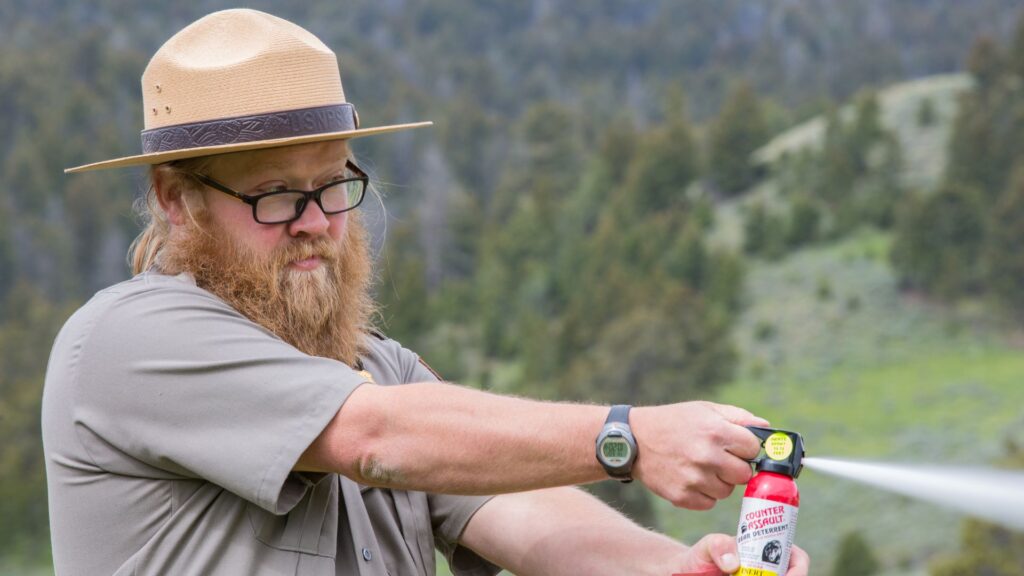
Even the most effective bear spray is useless if you can’t access it quickly during an encounter. Always carry bear spray in a holster on your hip or chest, where it can be reached instantly—never store it in your backpack, as there won’t be time to retrieve it in a sudden encounter. Practice drawing the spray from its holster until the motion becomes second nature, much like how law enforcement officers train with their gear. When traveling in a group, ensure that multiple people carry spray and that everyone knows who has it readily accessible. If you’re hiking in colder months, be aware that extreme cold can reduce the spray’s effectiveness and range, so keep it insulated close to your body. Additionally, secure the safety clip to prevent accidental discharge while still allowing quick, one-handed removal in an emergency.
Recognizing When to Use Bear Spray
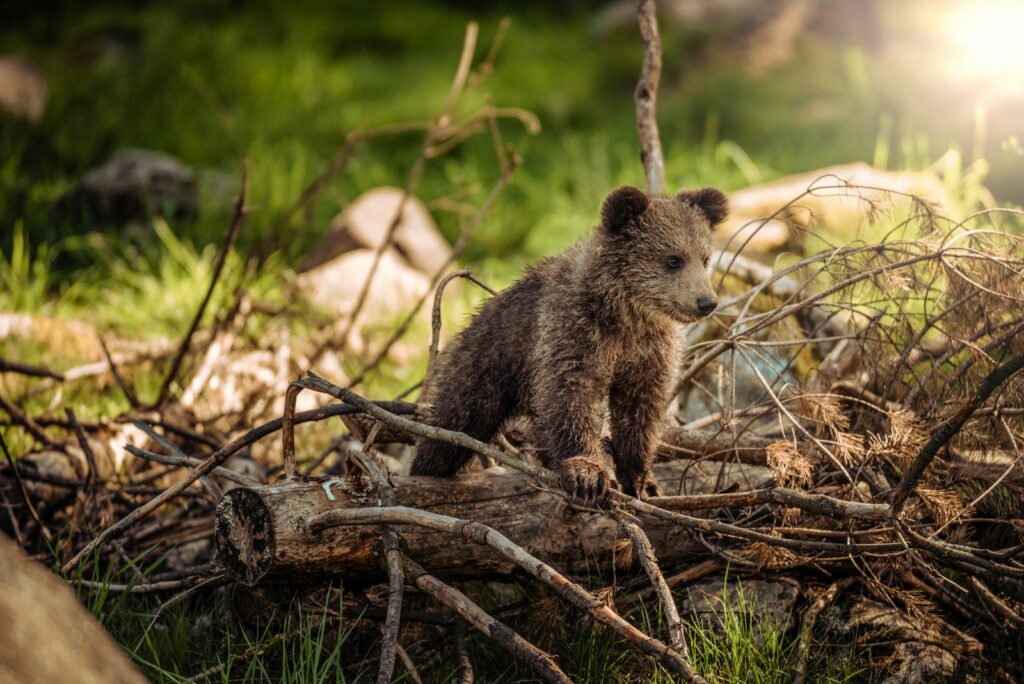
Knowing when to deploy bear spray requires an understanding of bear behavior and the ability to recognize threatening situations. Bear spray should only be used when a bear is approaching or charging you—not when it’s simply visible at a distance and not acting aggressively. Warning signs that a bear may charge include huffing, jaw-popping, swatting the ground, or a mock charge where the bear runs toward you but stops short. Bears showing defensive behavior—such as protecting cubs or a food source—often have their ears laid back, while predatory bears may stalk silently with focused, deliberate movements. The decision to deploy spray should be made when the bear continues to approach despite your efforts to appear non-threatening and back away slowly. Keep in mind that most bear encounters do not result in charges, and bear spray should be used as a last resort after other deterrent methods have failed.
Deploying Bear Spray Effectively
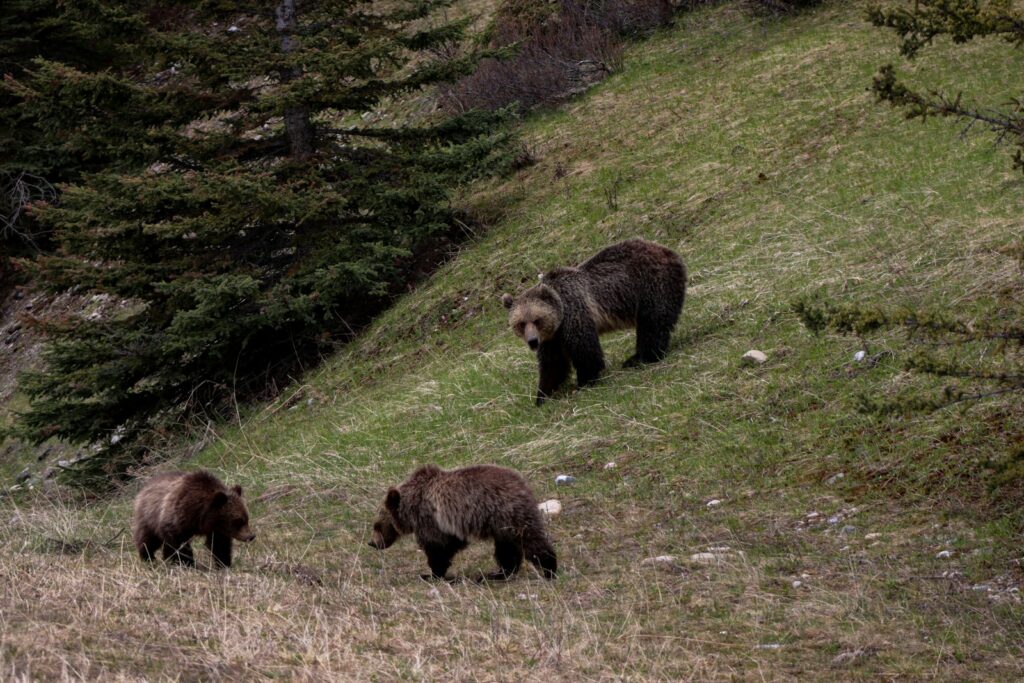
When faced with an approaching bear that requires the use of spray, proper deployment technique can dramatically increase your chances of success. Start by removing the safety clip with your thumb while maintaining a firm grip on the canister with your dominant hand. Wait until the bear is within the effective range of your spray—typically 30 to 60 feet, depending on the product. Aim slightly downward toward the front of the bear to create a cloud it will run into, and adjust for any crosswind that could alter the spray’s direction. Use short 1–2 second bursts rather than emptying the entire canister at once, preserving spray for additional use if needed. If the bear continues to approach through the initial cloud, spray again directly at its face when it gets closer. Throughout the encounter, speak in a calm, firm voice and be prepared to move away perpendicularly from the bear’s path once it is deterred.
Understanding Wind Direction and Environmental Factors
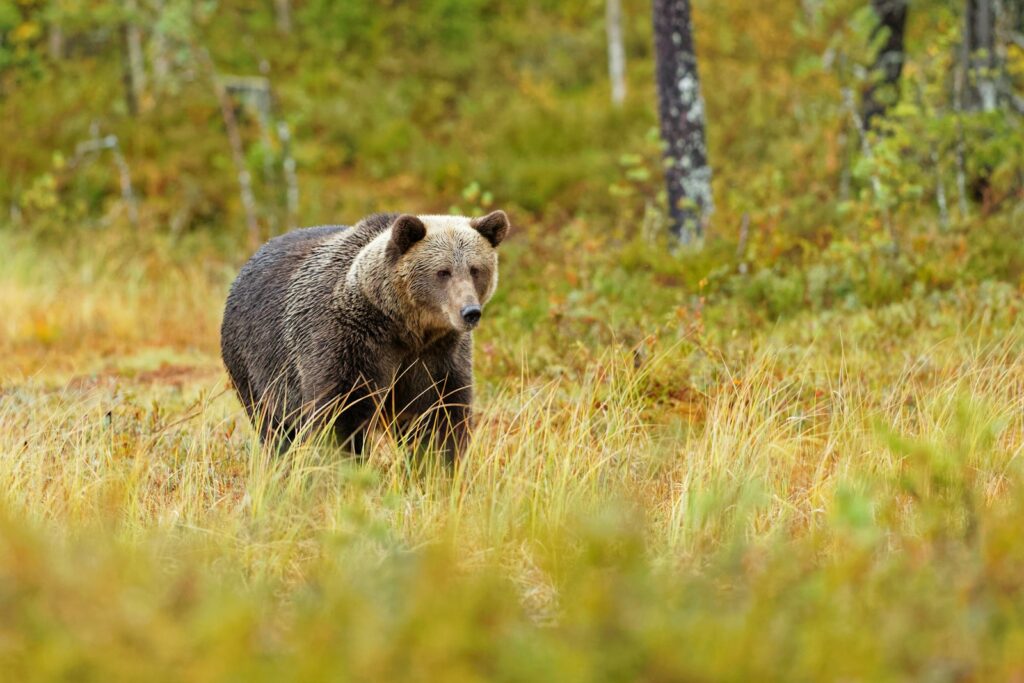
Environmental conditions can significantly impact the effectiveness of bear spray, with wind being the most critical factor to consider. Before deploying the spray, quickly assess wind direction—drop a small amount of dirt or feel for the breeze on your face—then position yourself to avoid the spray blowing back toward you. In strong crosswinds, you may need to aim slightly into the wind to compensate for drift. Rain can reduce effectiveness by washing away the capsaicin particles, so you may need to wait until the bear is closer before spraying. On the other hand, high humidity generally enhances the spray’s effectiveness, as the particles stay suspended longer in moist air. At higher elevations where the air is thinner, the spray may not project as far as indicated on the label, so adjust your expectations for spray distance accordingly.
What to Do Immediately After Using Bear Spray
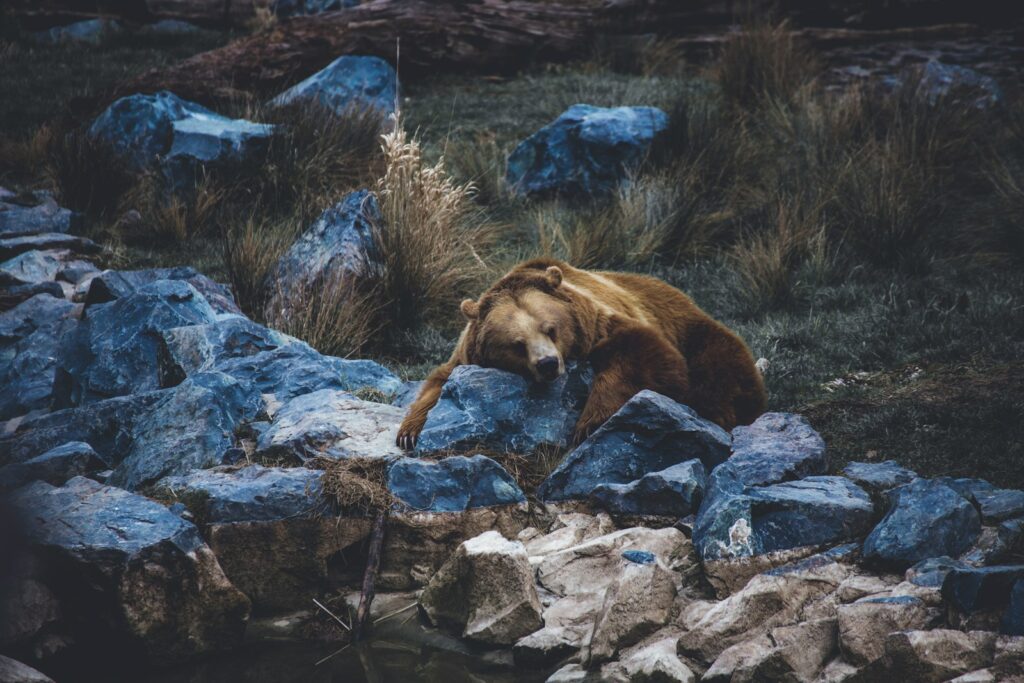
The moments following the deployment of bear spray are critical for ensuring your continued safety. Once the bear has been deterred and is moving away, do not run—this may trigger a chase response. Instead, back away slowly while keeping your eyes on the bear. Leave the area immediately but calmly, as the bear may return once the effects of the spray wear off, typically within 30 to 45 minutes. Keep in mind that residual capsaicin in the area can attract other curious bears, so move well away from the spot where the spray was used. If any spray has gotten on your clothing or skin, avoid touching your face or eyes and rinse the affected areas with cool water as soon as possible. Once you’ve reached safety, document the encounter—note the location, bear species, and observed behavior—and report the incident to local wildlife authorities, who track and manage bear activity.
Training and Practice Techniques
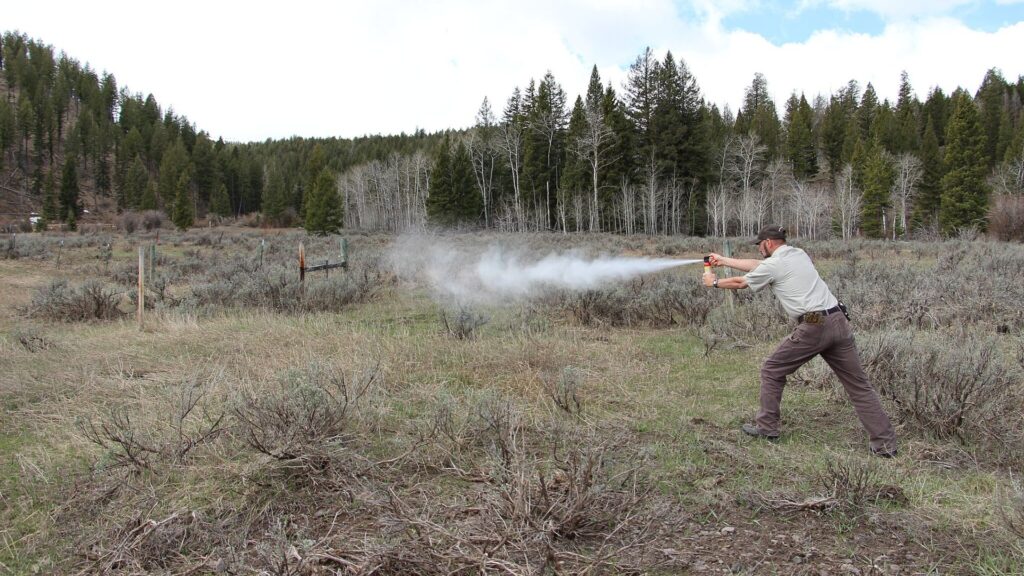
Effectively using bear spray during a high-stress encounter requires practice and muscle memory. Purchase an inert training canister—one that contains no active ingredients—to safely rehearse removing the safety clip and deploying the spray. Establish a regular practice routine where you simulate drawing and firing from various positions, such as standing, kneeling, or even lying down. Practice with gloves on to replicate cold-weather conditions, when fine motor skills may be impaired. Some outdoor organizations and national parks offer bear spray workshops, allowing you to train with instructor-guided scenarios using practice canisters. Additionally, create mental drills where you visualize different types of bear encounters and rehearse your responses, including verbal commands and calm, deliberate movements.
Understanding the Limitations of Bear Spray
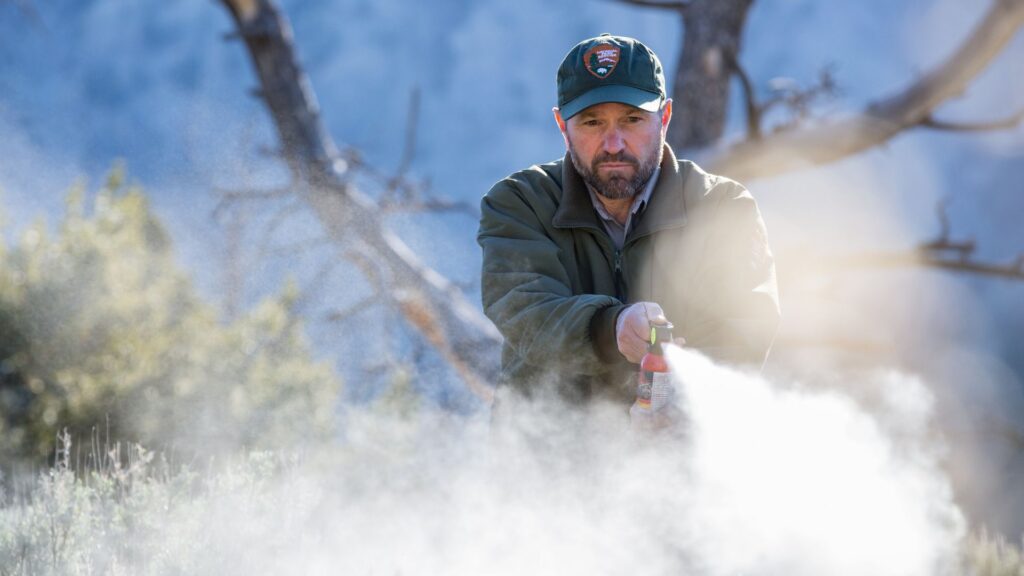
While bear spray is highly effective, it’s important to recognize its limitations to maintain realistic expectations during wildlife encounters. Bear spray is generally less effective in heavy precipitation or strong winds, which can disperse the spray before it reaches the bear or blow it back toward you. The spray’s range is also limited, making it ineffective against bears spotted at distances greater than about 30 feet. Some research suggests that habituated bears, which frequently encounter humans, may be less deterred by the spray than wild bears with no human contact. Additionally, bear spray offers no protection against other predators, such as mountain lions, which tend to ambush from behind rather than charging head-on. Finally, remember that bear spray is not a substitute for proper bear safety practices, such as making noise while hiking, properly storing food, and staying alert in bear country.
Traveling with Bear Spray
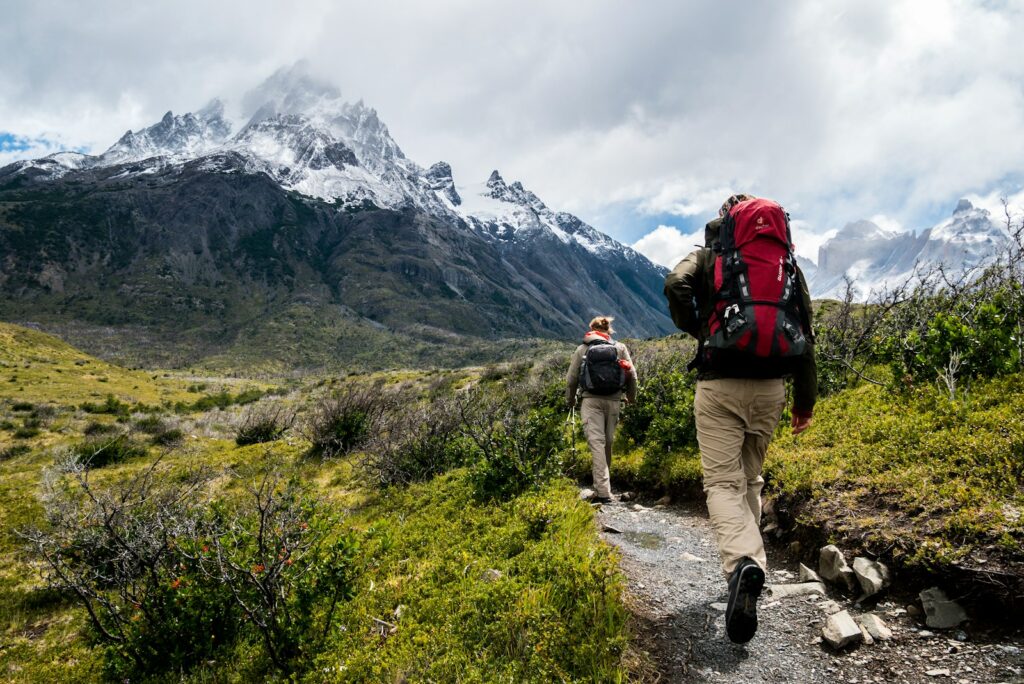
Bear spray contains pressurized contents and capsaicin, classifying it as a hazardous material with specific transportation restrictions that you must understand before traveling. When flying, bear spray cannot be packed in carry-on luggage or checked baggage on commercial airlines due to FAA regulations—attempting to do so can result in significant fines. If you’re traveling to a bear country destination by plane, research local outdoor retailers where you can purchase bear spray upon arrival. For road trips, keep bear spray in its original packaging and store it in a cool, dry place, away from the passenger compartment, as temperatures inside vehicles can exceed the recommended storage range. When crossing international borders, be aware that some countries, like Canada, allow bear spray for wilderness protection, while others may classify it as a restricted weapon, requiring declaration or special permits.
Bear Spray Versus Other Deterrents
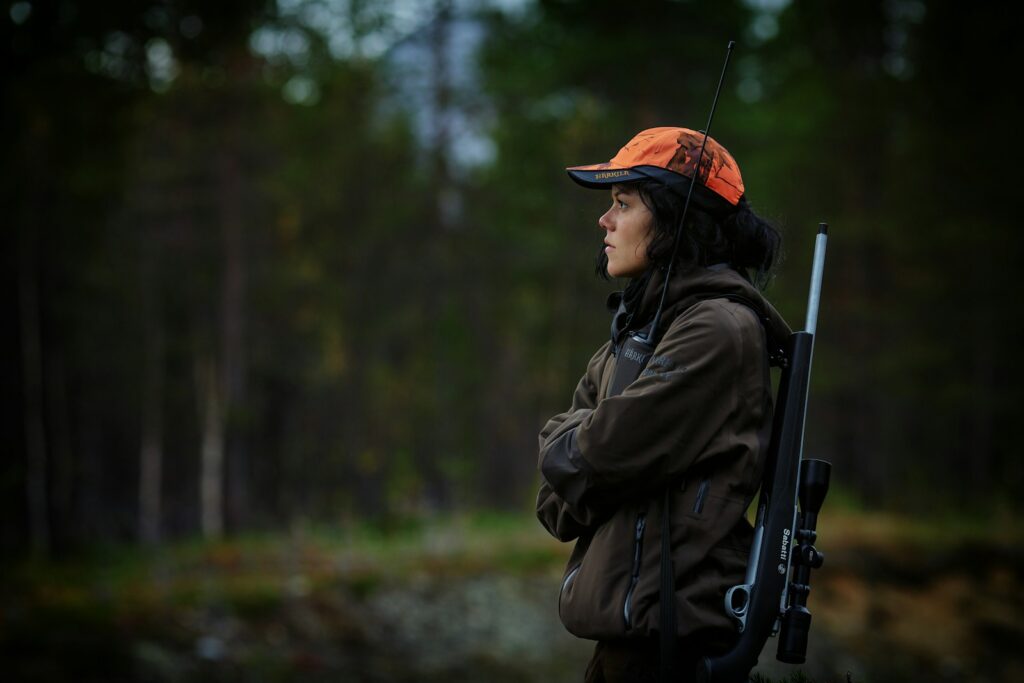
Understanding how bear spray compares to alternative deterrents helps explain why wildlife experts and agencies consistently recommend it as the preferred option. Firearms, while seemingly more powerful, require exceptional marksmanship under extreme stress and may only wound a bear, potentially increasing its aggression. Studies by the U.S. Fish and Wildlife Service found that people using firearms during bear encounters suffered injury about 50% of the time, compared to only 2% for those using bear spray. Noise deterrents like air horns or bells may alert bears to your presence but do little to stop a charging bear that feels threatened. Electric fences are effective for protecting campsites but aren’t practical for hiking. Bear bangers (projectile noise makers) require precise aim above the bear and pose a risk of starting forest fires in dry conditions. The combination of effectiveness, ease of use, non-lethality, and accessibility makes bear spray the gold standard for personal protection in bear country.
First Aid for Bear Spray Exposure

Despite careful handling, accidental exposure to bear spray can happen, making knowledge of proper first aid essential. If spray contacts your eyes, flush them immediately with cold, clean water for at least 15 minutes, blinking frequently to help wash away the capsaicin. For skin exposure, wash the affected area with soap and cool water, avoiding hot water, as it can open pores and intensify the burning sensation. Carefully remove contaminated clothing, taking care to avoid further contact with affected areas, and wash these items separately from other laundry. Respiratory exposure may cause coughing, shortness of breath, or chest tightness—move to fresh air immediately and seek medical attention if symptoms persist or are severe. Carry milk or a liquid antacid in your first aid kit when in bear country, as these can help neutralize capsaicin’s effects on skin, though they should never be used in the eyes.
Integrating Bear Spray into a Complete Bear Safety Strategy

Bear spray should be considered a critical component of a comprehensive approach to bear safety in the wilderness. Start by researching the specific bear species in your destination area, as black bears and grizzly bears require slightly different response strategies during encounters. Always travel in groups when possible, as bears are less likely to approach larger parties. Make noise regularly while hiking—talking, singing, or using bear bells—especially in areas with limited visibility or near running water, which might mask your sounds. Properly store all food, cooking equipment, and scented items in bear-resistant containers or by hanging supplies at least 10 feet high and 4 feet away from any tree trunk. Learn to identify bear signs, such as tracks, scat, and partially eaten carcasses, so you can avoid areas of recent bear activity. By combining proper noise-making, food storage, situational awareness, and carrying bear spray, you create multiple layers of protection that significantly reduce your risk during wilderness adventures.
Conclusion
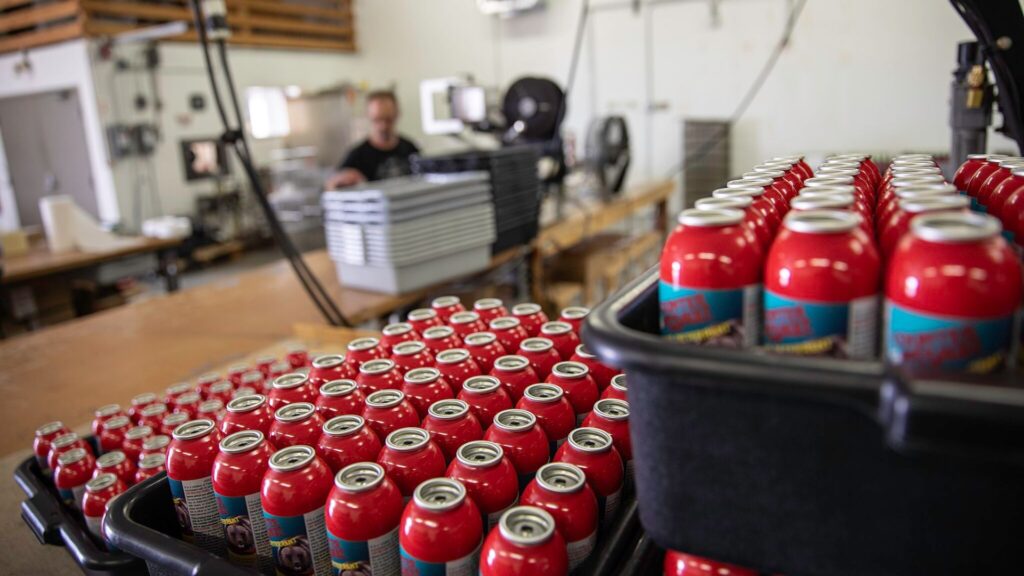
Bear spray is one of the most important safety tools available to outdoor enthusiasts traveling in bear country. When selected carefully, carried properly, and deployed correctly, it provides a highly effective, non-lethal means of protection during bear encounters. The key to successful use lies in preparation—understanding the product’s capabilities and limitations, practicing deployment techniques, and incorporating spray into a broader approach to bear safety. By respecting bears’ territory and carrying the proper deterrents, we can enjoy wilderness areas safely while minimizing negative impacts on these magnificent animals. Remember, the most successful bear encounter is the one that never happens, but with proper training and equipment, you can face the unexpected with confidence.

